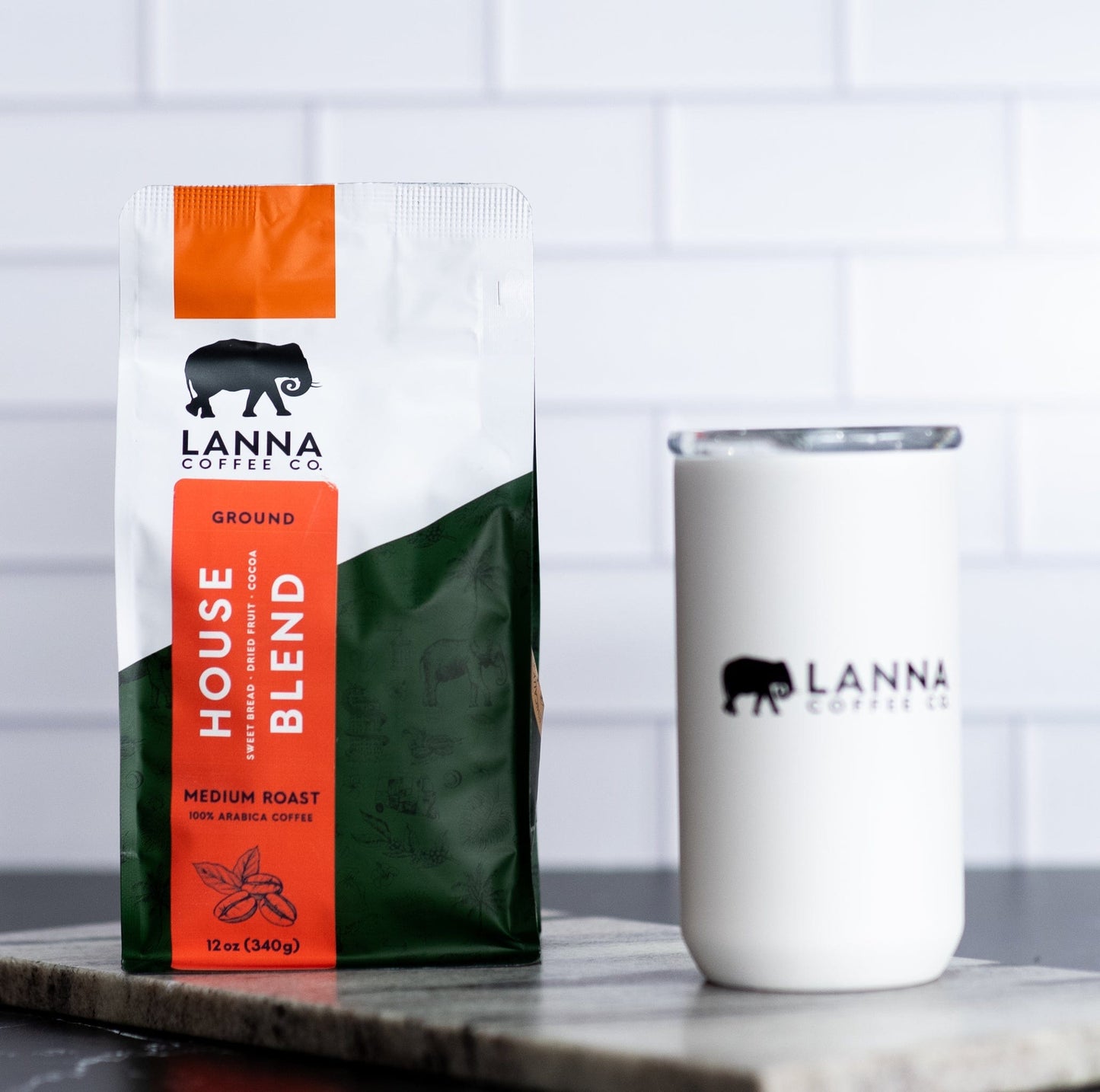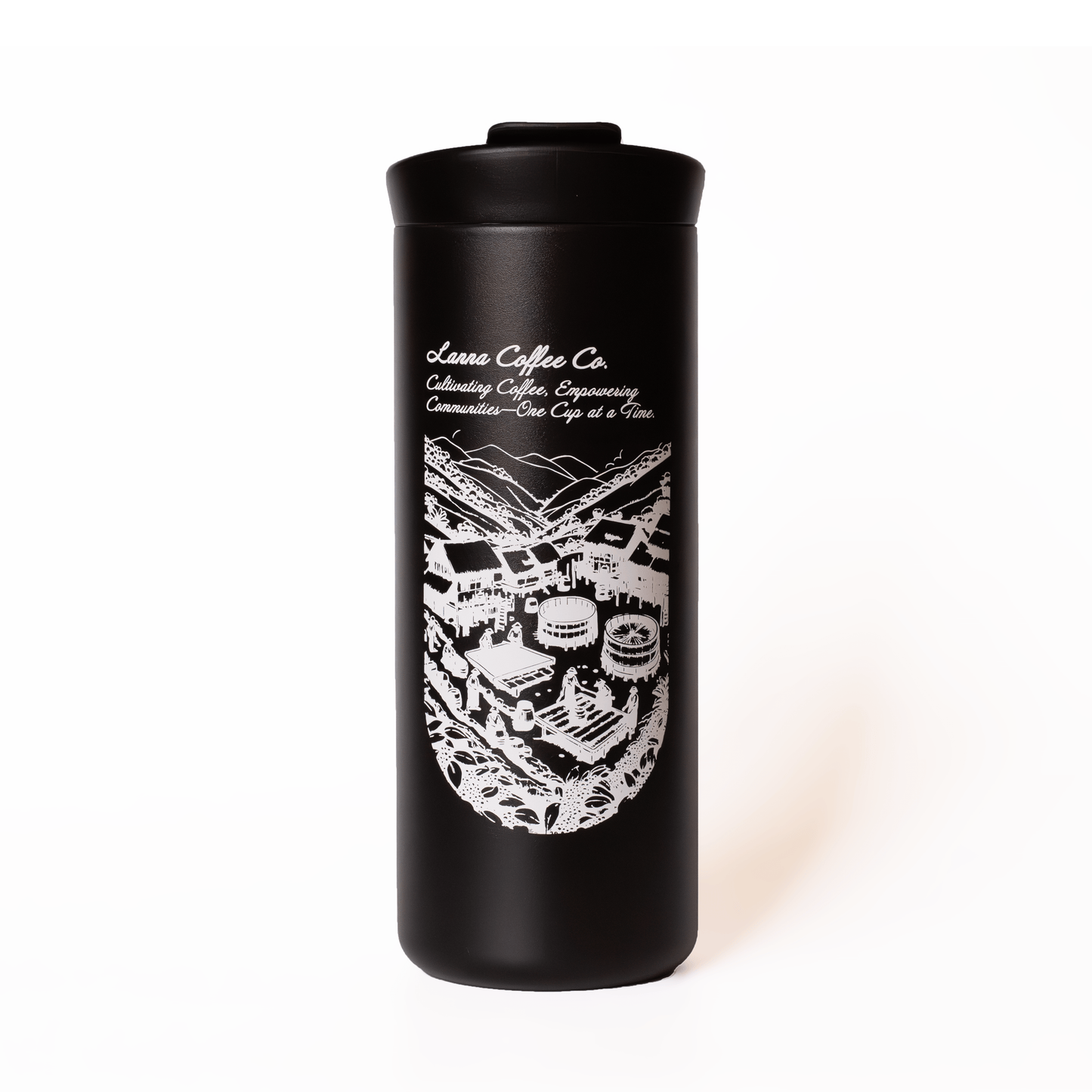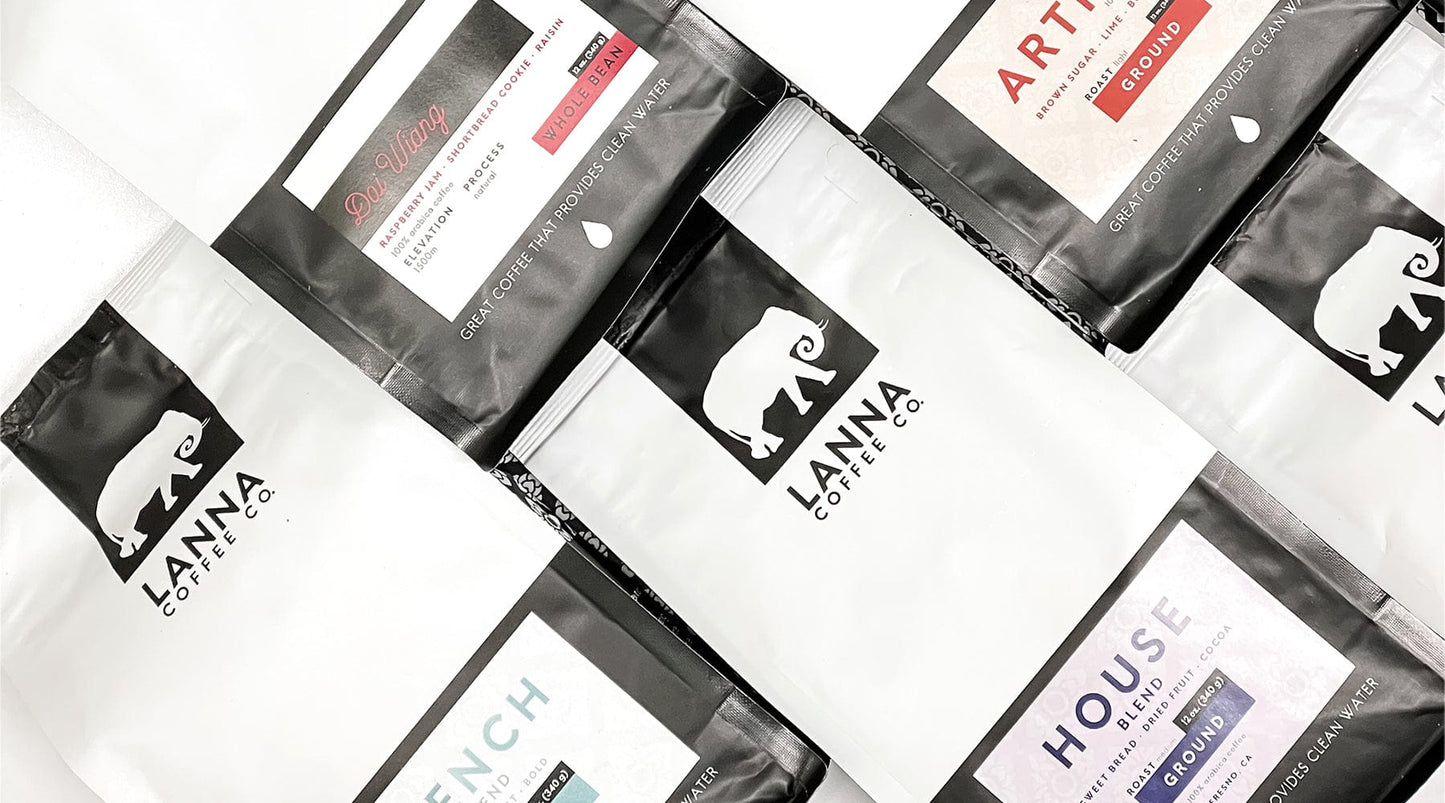Coffee has been around for centuries originating in the Middle East, but in recent years coffee from Thailand has gained popularity for it's quality and perfect location to grow Arabica coffee. Now Thailand is one of the leading countries for coffee production.
The Arabica plant thrives in areas of heavy rainfall and higher elevations, so the hill tribes of Thailand are perfect. Arabica beans are commonly grown in the Chiang Mai province in northern Thailand. The other type of coffee bean, Robusta, is grown in the southern parts of Thailand.

Thailand has grown coffee for a little over a century, but didn't become an exporter until 1976 when the country started exporting Robusta beans. The country has since expanded and Arabica has become more common and popular among coffee drinkers, so now more Arabica comes from Thailand than Robusta. Coffee culture in North America grew in the 70's and continues to grow today and thus the market for Thailand coffee has expanded.
The two main kinds of coffee are Arabica and Robusta. Simply put, Arabica is more expensive to farm and is of higher quality making it the preferred bean. Robusta yields more lower quality fruit that is mostly found in cheap instant coffee bought in grocery stores. Corporations were buying large portions of the rainforest in Thailand to mass produce Robusta, which does not have positive impacts on the land or the community. Arabica on the other hand is more expensive to farm because there is less fruit, but higher quality fruit that people who enjoy coffee prefer. In years past, Robusta was the main coffee bean, but now Arabica is more popular because of the sweeter and smooth flavors and is now more common in coffee shops.
Direct trade and fair trade gained popularity as a way to support local farmers rather than greedy corporations not paying farmers fair wages. The popularity and attention in the recent decades is how Lanna Coffee Co came to be. Our partner organization ITDP, Integrated Tribal Development Program, started out as an irrigation program bringing clean drinking water to hill tribe communities in the 90's. They have since expanded to other community projects that have a holistic approach to helping the poor villages. Such as through socio-economic projects, like this coffee program, education and clean water. They expanded to coffee in the 2000's and have since been getting more Thai villages and families involved. ITDP teaches the farmers how to grow coffee and use it as a way to sustain families and generations because it a skill that can be passed on.

Coffee has long been a drink enjoyed by the people of Thailand since it was introduced to the country in the early 1900's. Now there are many local coffee shops as well as a unique coffee drink people enjoy in Thailand. The yummy Thai ice coffee can be found sold by street vendors or in restaurants. It is a very sweet and refreshing drink that you should definitely try if you see it on the menu in a Thai restaurant.
Many people in the hill tribes of Thailand are impoverished and in need of jobs. The growing popularity of direct trade coffee gives the farmers more money for their crop and give them a way to provide for their families. Many live under the poverty line in Thailand, especially the refugees in the hill tribes that are looking for a job with a sustainable wage. Paying above fair wages for our coffee helps the farmers to get out of poverty and create a better life for themselves.

As you can see, coffee is more than a caffeinated drink, but it has become a staple for people to provide for their families. It is enjoyed by the people of Thailand as well as shared with and exported to the rest of the world. We hope you learned some about the history of Thailand coffee and have a better idea of where the coffee you drink comes from.


